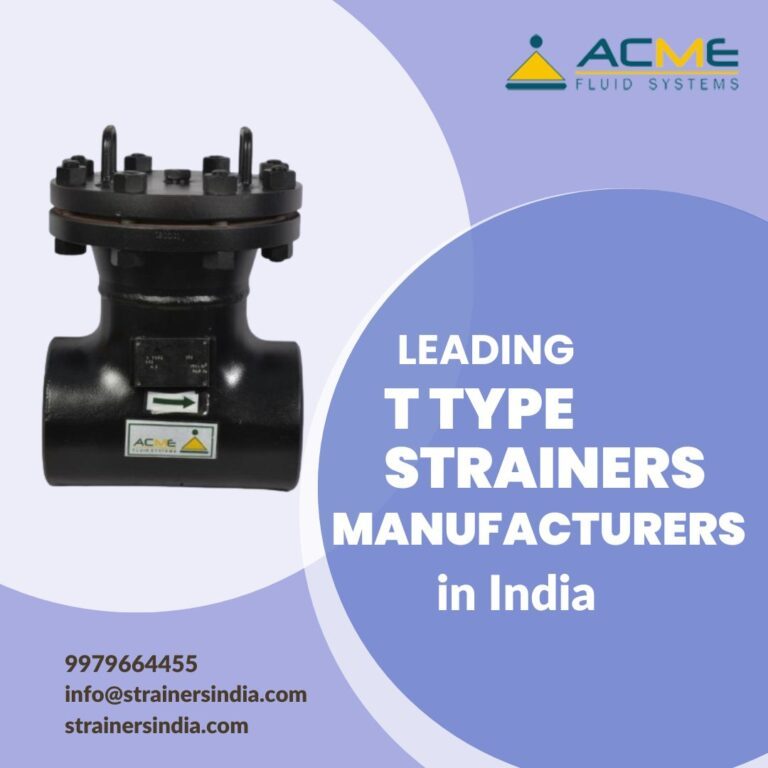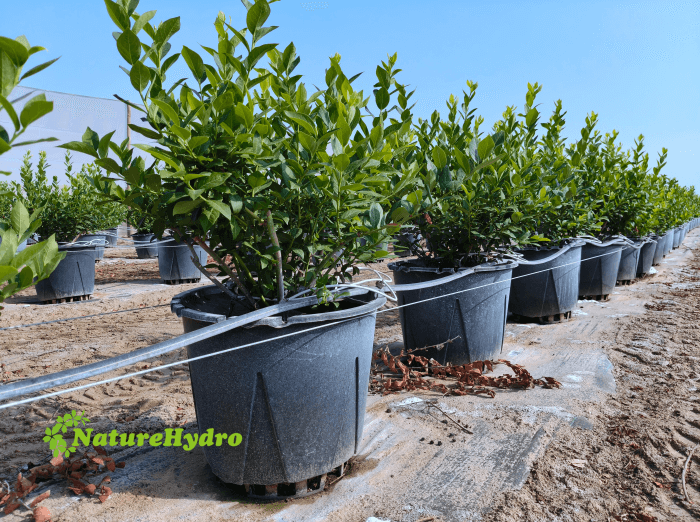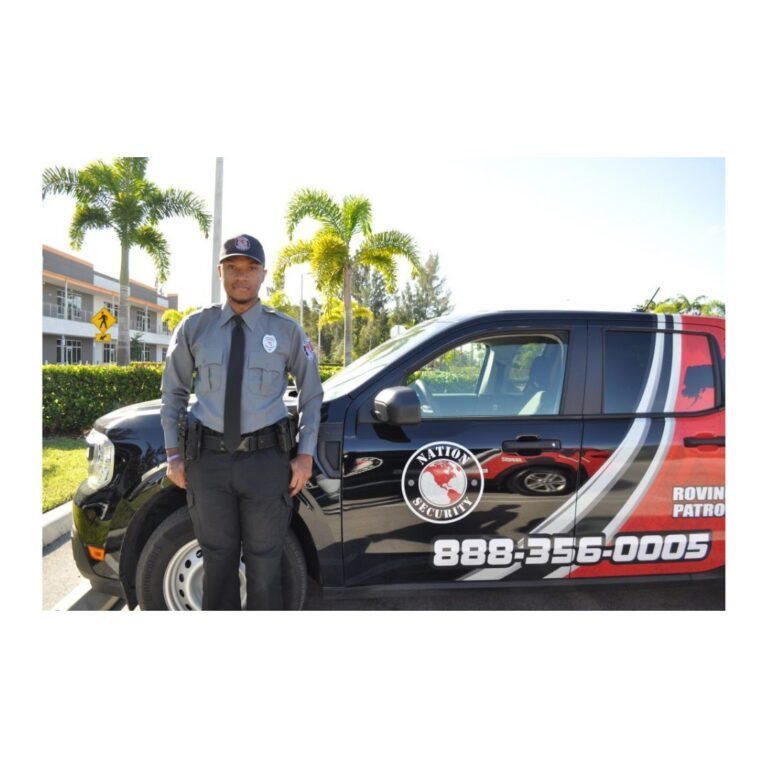In the realm of electrical systems, where efficiency, safety, and reliability are paramount, the quality of every component plays a critical role. One such component, often overlooked but vitally important, is the lug. Specifically, the quality of 6 AWG tinned lugs can significantly influence the performance and longevity of electrical systems. This blog explores the impact of lug quality on electrical systems, shedding light on why investing in high-quality 6 AWG tinned lugs is a wise decision for professionals and enthusiasts alike.
What Are 6 AWG Tinned Lugs?
6 AWG (American Wire Gauge) tinned lugs are electrical connectors designed for 6-gauge wires. These lugs feature a tin coating over a copper or aluminum core, offering several advantages, including enhanced conductivity, corrosion resistance, and ease of installation. They are commonly used in a variety of applications, such as automotive systems, solar panels, marine electrical setups, and industrial machinery.
The Role of Lugs in Electrical Systems
Lugs serve as the critical link between conductors and electrical equipment. They ensure a secure connection, allowing electrical current to flow with minimal resistance. Poor-quality lugs can compromise this connection, leading to issues such as:
- Increased electrical resistance
- Overheating
- Corrosion at connection points
- Mechanical failure under stress
Given the importance of these factors, the quality of the lug can determine the overall efficiency and safety of the electrical system.
Key Characteristics of High-Quality 6 AWG Tinned Lugs
- Material Composition: High-quality lugs are typically made from pure electrolytic copper, which provides excellent electrical conductivity. The tin coating adds an extra layer of protection against oxidation and corrosion, especially in environments prone to moisture and salt exposure.
- Precision Engineering: A well-designed lug will have a snug fit for 6 AWG wires, ensuring minimal resistance at the connection point. Precision manufacturing also ensures uniformity, reducing the risk of weak connections.
- Durability: High-quality lugs are built to withstand mechanical stress, vibration, and temperature fluctuations, ensuring long-term reliability in demanding applications.
- Compliance with Standards: Certified lugs adhere to industry standards such as UL (Underwriters Laboratories) or IEC (International Electrotechnical Commission) certifications, ensuring they meet safety and performance benchmarks.
The Impact of Poor-Quality Lugs on System Performance
Using substandard lugs can have a domino effect on the performance and safety of an electrical system. Here are some potential issues:
- Increased Electrical Resistance: Poor-quality lugs may not establish a tight connection, leading to higher resistance. This resistance can cause voltage drops and reduce the efficiency of the system.
- Overheating and Energy Loss: Resistance generates heat, which can damage insulation, degrade nearby components, and pose a fire hazard. Additionally, energy lost as heat diminishes overall system efficiency.
- Corrosion and Degradation: Inadequate tinning or poor material choices can make lugs susceptible to corrosion, especially in harsh environments. Corrosion weakens the connection and can lead to system failure.
- Mechanical Failures: Subpar lugs may not withstand the mechanical stresses of vibration or thermal expansion, resulting in loose connections or breakage.
- Increased Maintenance and Downtime: Systems with poor-quality lugs require frequent inspections and replacements, leading to higher maintenance costs and reduced operational uptime.
Benefits of High-Quality 6 AWG Tinned Lugs
- Enhanced Conductivity: High-quality materials and precision design ensure optimal electrical conductivity, reducing energy losses and improving system efficiency.
- Improved Safety: Reliable connections minimize the risk of overheating and fire hazards, ensuring safer operation.
- Longevity: Durable lugs resist corrosion and mechanical wear, extending the lifespan of the electrical system.
- Ease of Installation: Precision-engineered lugs simplify installation, reducing the risk of errors and ensuring a secure fit.
- Cost Efficiency: While premium lugs may have a higher upfront cost, their reliability and durability reduce long-term maintenance expenses and prevent costly system failures.
Choosing the Right 6 AWG Tinned Copper Lugs
When selecting lugs, consider the following factors:
- Application Environment: For marine or outdoor applications, prioritize corrosion resistance and durability.
- Certifications: Look for UL or IEC certifications to ensure compliance with industry standards.
- Manufacturer Reputation: Choose products from reputable manufacturers known for quality and reliability.
- Compatibility: Ensure the lugs are designed specifically for 6 AWG wires and are compatible with the intended connectors.
- Inspection: Inspect the lug for uniform tinning, smooth surfaces, and precise dimensions before use.
Conclusion
The quality of 6 AWG Tinned Copper Lugs has a profound impact on the performance, safety, and efficiency of electrical systems. By investing in high-quality lugs, you can ensure reliable connections, minimize maintenance needs, and safeguard your system against potential failures. Whether you’re working on a small DIY project or a large industrial installation, the right choice of lugs can make all the difference.
Don’t let something as small as a lug compromise the integrity of your electrical system. Prioritize quality, and you’ll reap the benefits in performance, safety, and peace of mind.













